
History has a habit of being rewritten—not just by victors but by bias, misunderstandings, exaggerations, and outright fabrications. Over time, myths become facts in the public imagination and define how you view the past. So, what if some of the most famous “facts” you’ve learned are completely false? It’s time to set the record straight.
Napoleon Wasn’t Short
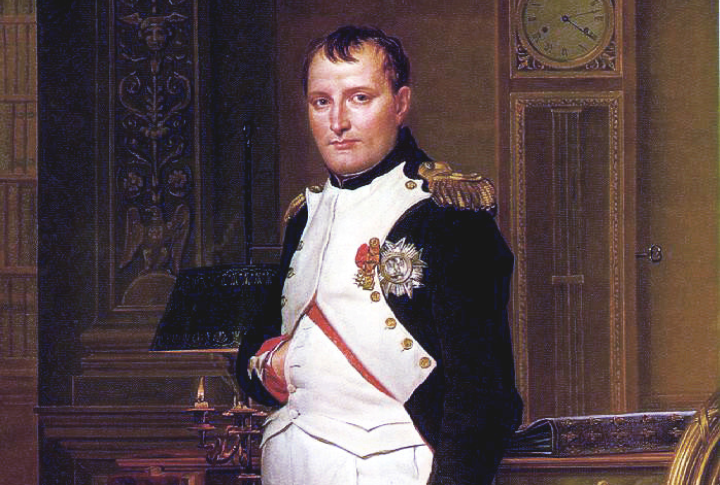
Your image of him is one where he is standing on a battlefield, dwarfed by his soldiers, compensating for his height with ambition. But Napoleon actually stood about 5’6″–5’7″, which was perfectly average for his era. The British painted him as “The Little Corporal” to mock, not measure.
Vikings Didn’t Wear Horned Helmets
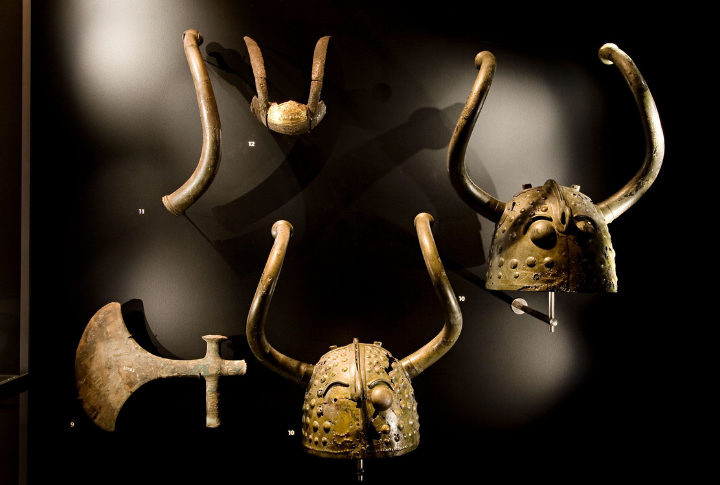
The horned helmet is a 19th-century fantasy inspired by opera and art. If you met a real one back in the day, you wouldn’t see any horns. Vikings wore simple metal or leather headgear—if any at all. Charging into battle with horns would have been impractical and downright dangerous.
The Great Wall Of China Isn’t Visible From Space

It’s long, yes. Very wide? Not enough. The Great Wall blends too well with the land to be spotted by the human eye from space. Astronauts confirm that highways and airports are easier to see. The idea that it’s the only man-made structure visible from orbit? A total myth.
Witches In Salem Weren’t Burned At The Stake
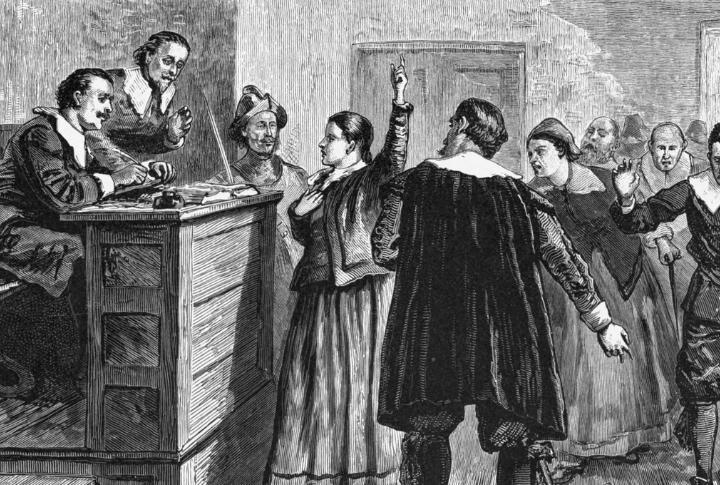
Salem’s accused witches met a different fate from being tied to a post in flames. Most were hanged, and a few ended up in jail. One was even crushed under stones. The image of witches burning is a European horror, not an American one, and definitely not a Salem one.
Columbus Didn’t Discover America
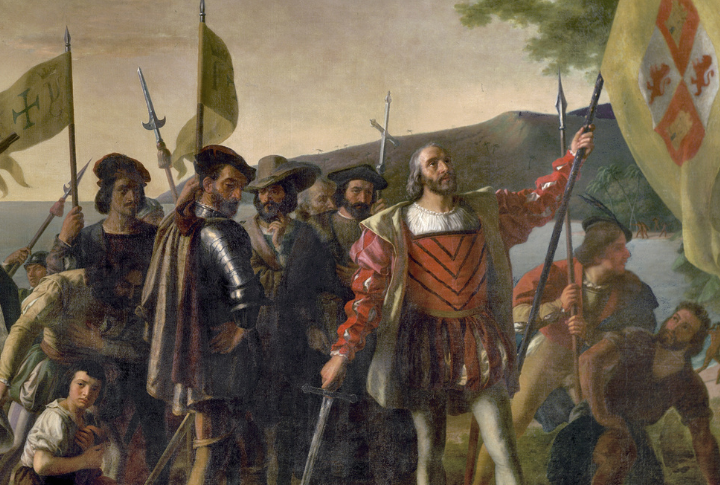
By 1492, civilizations had flourished in the Americas for millennia. Even if you ignore that, Norse explorers like Leif Erikson reached North America centuries earlier. Columbus didn’t “discover” anything “new.” The area was just new to Europeans. Yes, his journey changed the world, but discovery is the wrong word.
Queen Antoinette Did Not Say ‘Let Them Eat Cake’

The phrase existed long before her. It appeared in writings decades earlier and was a general jab at aristocrats, not an actual quote from the queen. No record ties it to Marie Antoinette. The idea that she callously dismissed the starving poor is a fabrication, and history loves a villain.
Einstein Wasn’t A Math Failure
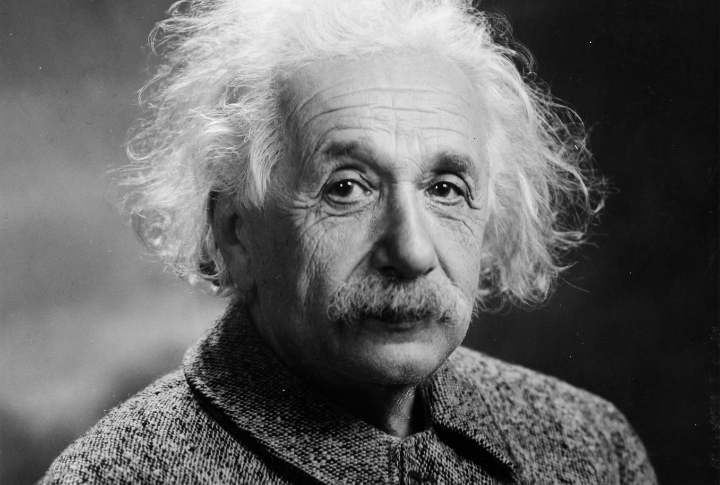
A genius who failed math sounds poetic, but it’s completely false. The myth likely started with a mistranslation of his school records. Einstein excelled in mathematics as a child and mastered calculus before most kids finished algebra. Instead of struggling, he was advancing far beyond his peers.
Gladiators Didn’t Fight To The Last Breath Every Time
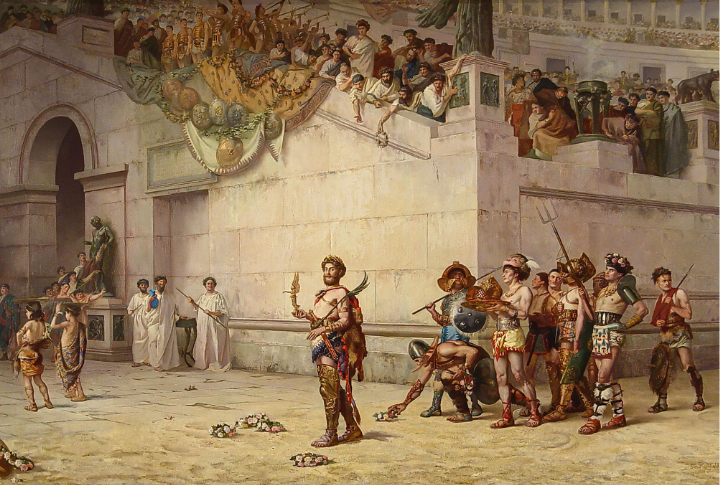
Hollywood loves a dramatic fight until one person is no more, but reality is more practical. Gladiators were investments, trained warriors with value. Most of their battles ended before fatal injuries. Referees intervened, and skilled fighters often fought again. Extreme matches did happen, but not as often as you think.
Cleopatra Wasn’t Egyptian

Do you know that Egypt’s most famous queen wasn’t even Egyptian? Cleopatra was Macedonian Greek, descended from the Ptolemaic dynasty that ruled after Alexander the Great’s empire split. She embraced Egyptian culture and even spoke the language, but her lineage was purely Greek.
The Iron Maiden Wasn’t A Real Medieval Torture Device
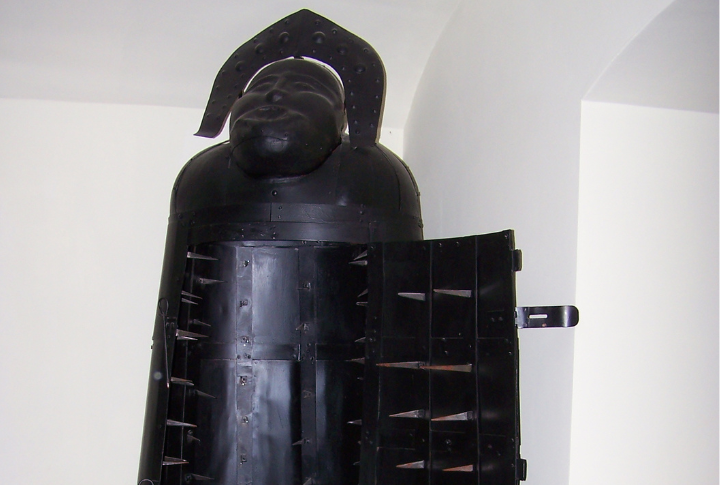
Most iron maidens were 18th or 19th-century creations meant to sensationalize medieval brutality. However, no evidence suggests it was ever used in the Middle Ages. You’ve been tricked into believing in a torture device that never really existed. History’s horrors are bad enough without the fakes.
The Declaration Of Independence Wasn’t Signed On July 4, 1776

It wasn’t a dramatic moment of Founding Fathers standing together and giving birth to a nation. While July 4 marks its adoption, only a few including John Hancock signed it that day or after. Most signatures came later and were even delayed until August 2. The Fourth is symbolic.
Nero Didn’t Fiddle While Rome Burned

A fire rages while the emperor watches, playing a tune, indifferent to the chaos. That’s the story, but it’s not reality. The violin wouldn’t exist for over a thousand years, and Nero was reportedly organizing relief efforts. His enemies fueled the legend, and no evidence supports it.
The Middle Ages Weren’t Just A Dark, Stagnant Time

You’ve heard people call it a thousand years of ignorance and zero progress. In reality, medieval Europe had universities. It recorded scientific advancements and architectural marvels. The printing press and mechanical clocks also came from this era. Sure, it had its problems, but calling it a “Dark Age” is misleading.
Paul Revere Didn’t Ride Alone

Just one man riding his horse with an urgent warning is how we see Paul Revere. That’s because his story made the best legend. The truth is there were other heroes as well in that midnight ride, including William Dawes and Samuel Prescott, all spreading the alarm. In fact, Revere was captured before completing his route.
The Library Of Alexandria’s Destruction Wasn’t A Single Event

The Library of Alexandria suffered damage over time. Conflict and neglect were some of the culprits, as was gradual decay. It wasn’t a single catastrophic fire that wiped out centuries of knowledge. Different invasions chipped away at its vast collections, so no single villain can be blamed for its fall.
People In Columbus’s Time Didn’t Think The Earth Was Flat

Columbus wasn’t the one to prove the Earth was round. Scholars worldwide have known this for centuries. Ancient Indians and Greeks even calculated the Earth’s circumference with impressive accuracy. The real debate was over the size of the ocean. Columbus was focused on estimating distances and not fighting flat-Earth theorists.
Pocahontas And John Smith Weren’t A Love Story

Pocahontas was around ten when she met John Smith—far too young for romance. Their connection was more political than personal and tied to diplomacy between the Powhatan people and English settlers. She later married John Rolfe. The fairytale version is pure fiction, so let’s keep the Disney version aside.
The Wild West Wasn’t As Lawless As Hollywood Suggests

We already have an image of the Wild West that has a heavy focus on the “wild,” like gunfights in the streets and outlaws ruling the land. It is all because of Hollywood. In the real world, the frontier towns had sheriffs, courts, and even strict gun laws. Most settlers were farmers and merchants, not outlaws.
Vincent Van Gogh Didn’t Cut Off His Whole Ear

A tormented artist severing his ear is the perfect legendary act of madness. Yes, the truth is painful—but not as gruesome. Van Gogh only sliced off part of his earlobe, not the entire thing. The incident likely stemmed from a breakdown after a fight with fellow painter Paul Gauguin.
Ancient Romans Didn’t Vomit To Eat More At Feasts

Have you ever imagined a lavish Roman banquet of roasted peacocks and endless wine where guests excused themselves to vomit before diving back in? You should know that never happened. Romans indulged, yes, but the infamous “vomitorium” was just an exit in a stadium, not a designated puke room.

